Once your account is set up and Piwik PRO is collecting data from your website, you can think about a tracking plan. Your tracking plan will help you focus on the most important data before you start looking at rows of numbers, colorful pie charts and winding graphs.
If you followed our guide, you’ve already decided which websites to track and what types of data not to collect. For example, you could have excluded traffic from some IP addresses, ignored a few URL parameters and chosen not to track people that wish to remain anonymous. Now you can decide which data, out of all the collected data, will be most useful for your company.
To create a tracking plan, answer a few powerful questions:
- What’s your company’s goal? (Focus on one goal)
- What are goals for your website? (Usually, a website will have a few goals)
- What data will show you that the website goals are being met?
To help you better understand these questions, we’ll use an example of our made-up Clear Bank.
The tracking plan for Clear Bank
Just to remind you, Clear Bank is an online bank that offers a checking and savings account, a Visa debit card and a banking app for mobile and web. The company profits off when a customer is using their debit card (Visa pays Clear Bank a small amount after each transaction) and keeping money in savings accounts.
The Clear Bank website informs people about the bank’s offer, invites people to open an account, redirects customers to a web app, supports customers through a help center and blogs about money. The bank is also present on social media like Facebook, Twitter (X) and Pinterest.
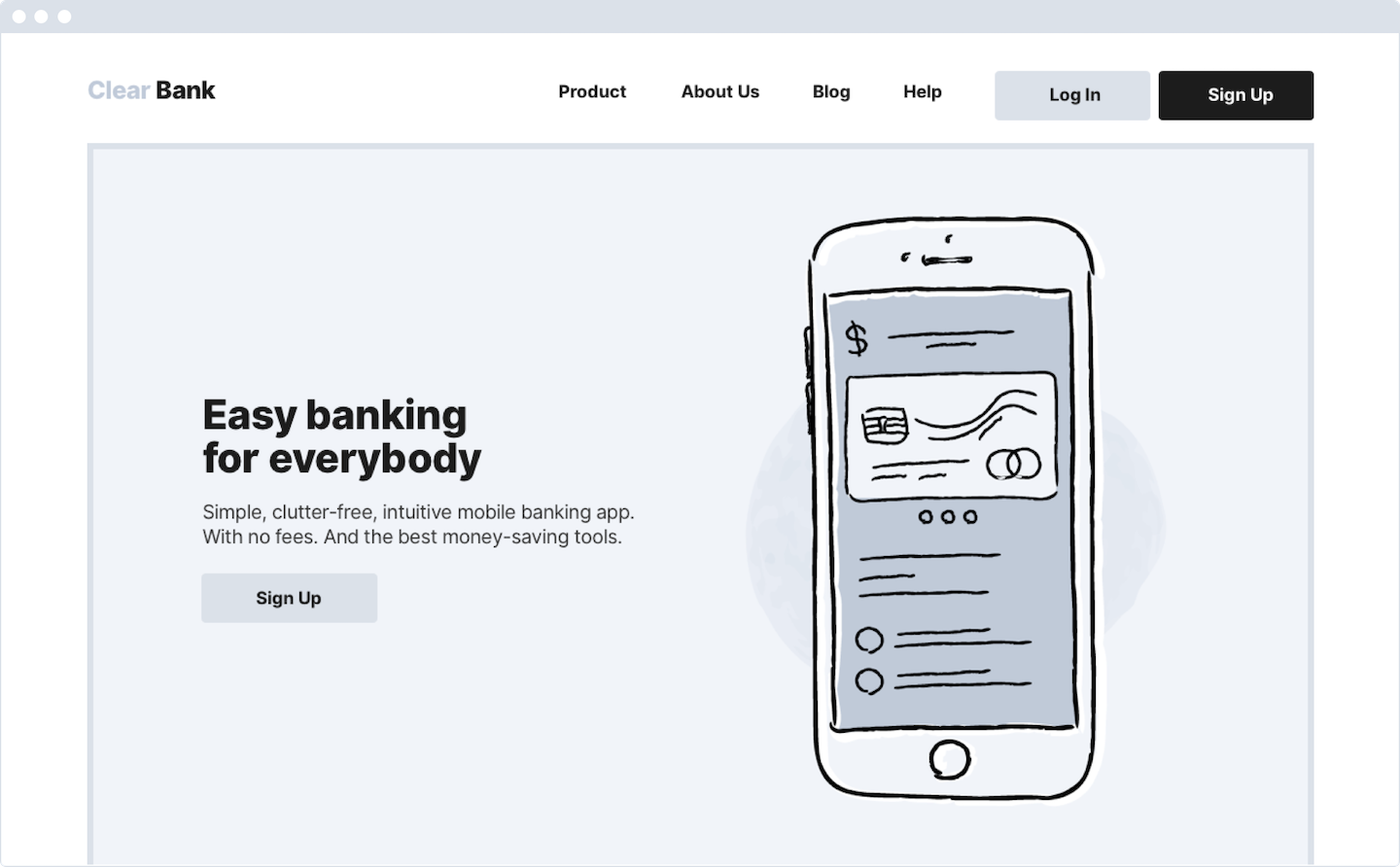
Now, let’s ask Clear Bank the questions, that help create a tracking plan:
What’s your company goal?
Clear Bank’s goal is to make a profit from customers using Visa debit card and keeping money in savings account. When people are using Clear Bank as their main account, make day-to-day transactions with a debit card and keep the spare money in the checking account, the bank is earning.
What’s your website goal?
Clear Bank website’s goals are:
- Clearly inform people about the bank’s offer.
- Invite people to open an account.
- Smoothly guide people through opening an account.
- Log in customers to a web app easily.
- Help customers who have questions quickly.
- Give people helpful knowledge in blog posts.
What data will show you that the website’s goals are being met?
This step is complex because we need to assign data for each website goal. But it’s worth giving it time, as it will clarify our analytics in the future.
So let’s do it, goal by goal.
For the goal to clearly inform people about the bank’s offer:
- The number of new visitors on pages with the offer.
- The number of pages with the offer viewed during one visit.
- The bounce rate for pages with the offer.
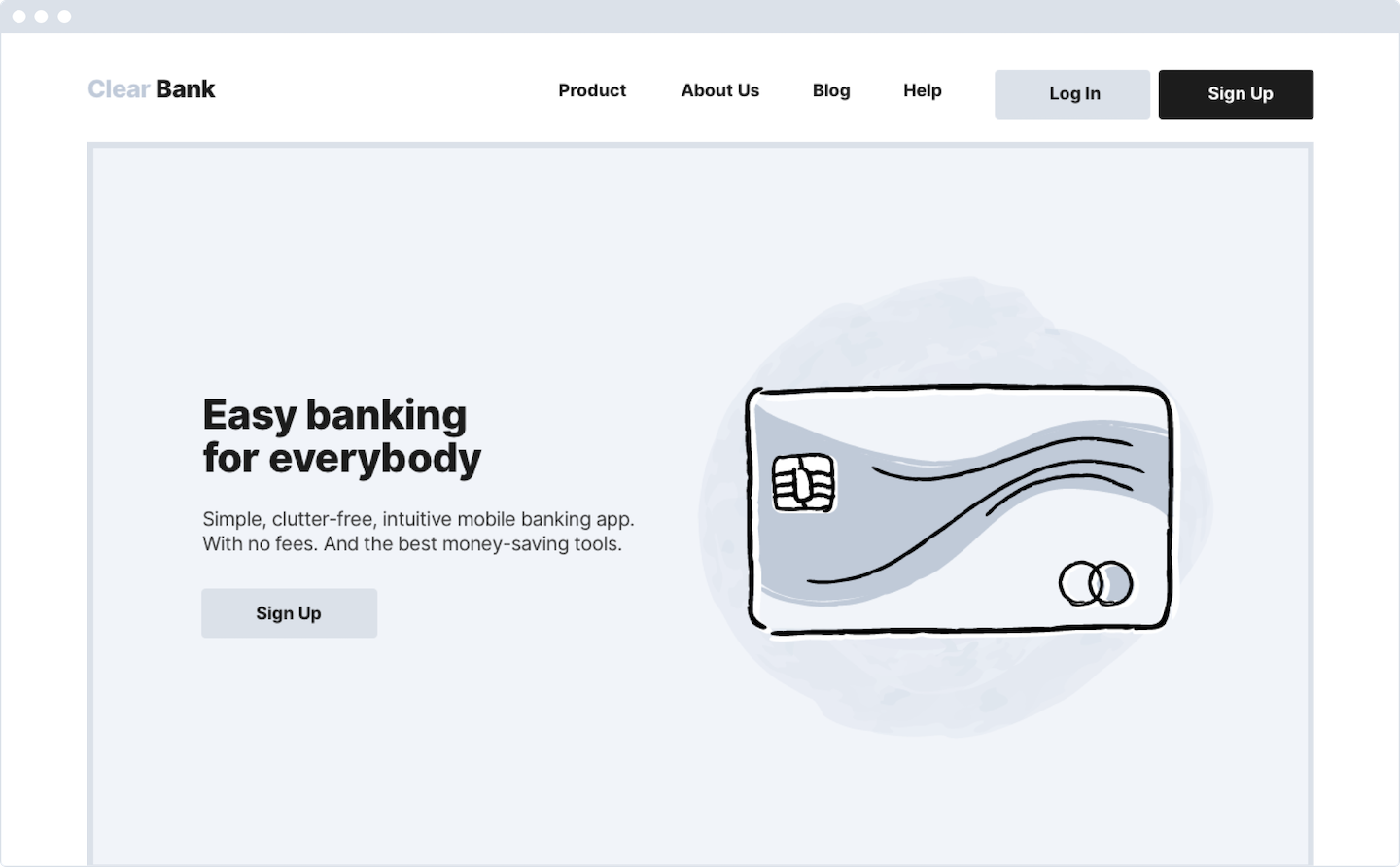
For the goal to invite people to open an account:
- The number of people who started a signup process vs the number of people who visited pages with the offer.
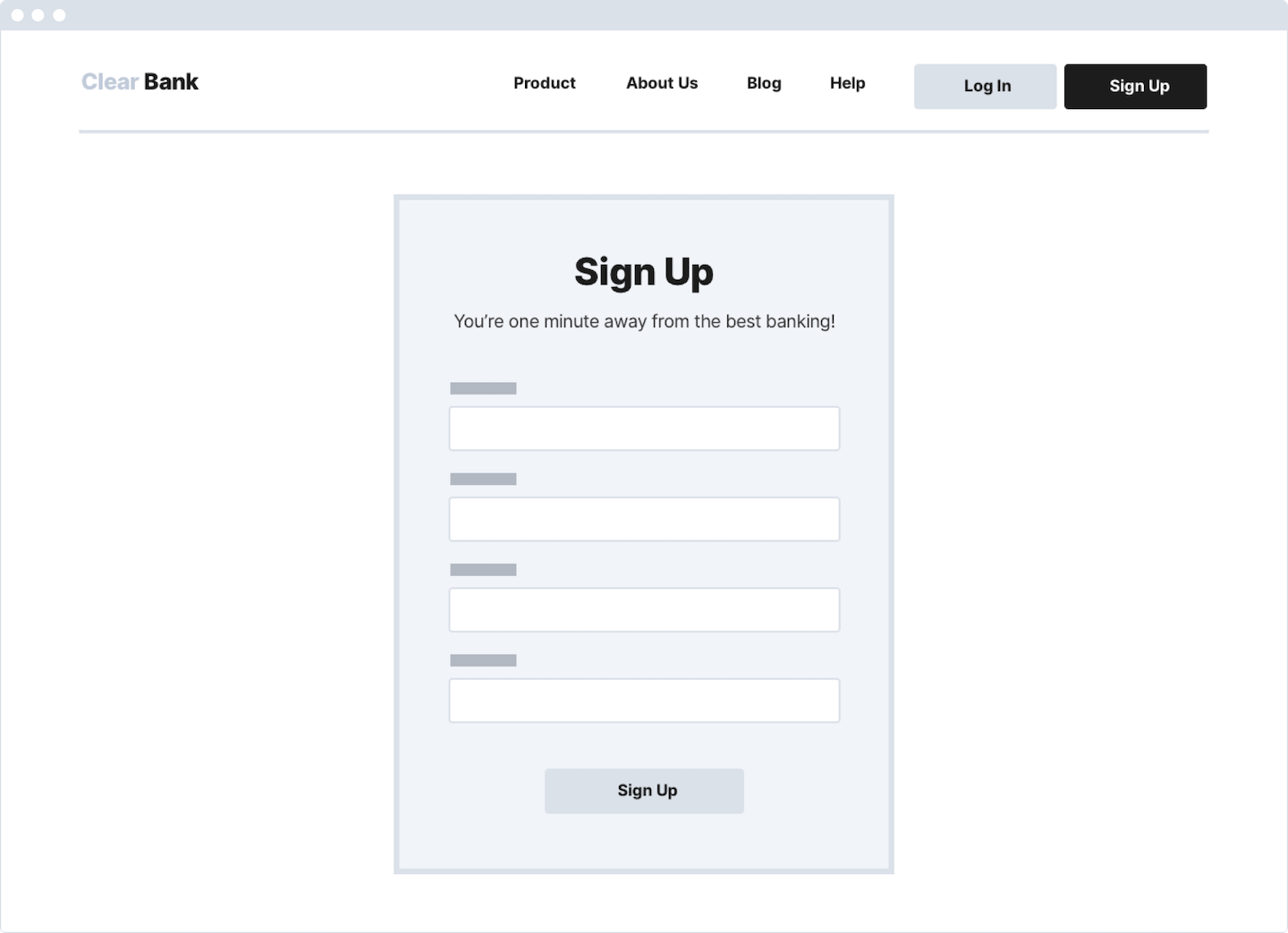
For the goal to smoothly guide people through opening an account:
- The number of people who finished a signup process vs the number of people who started a signup process.
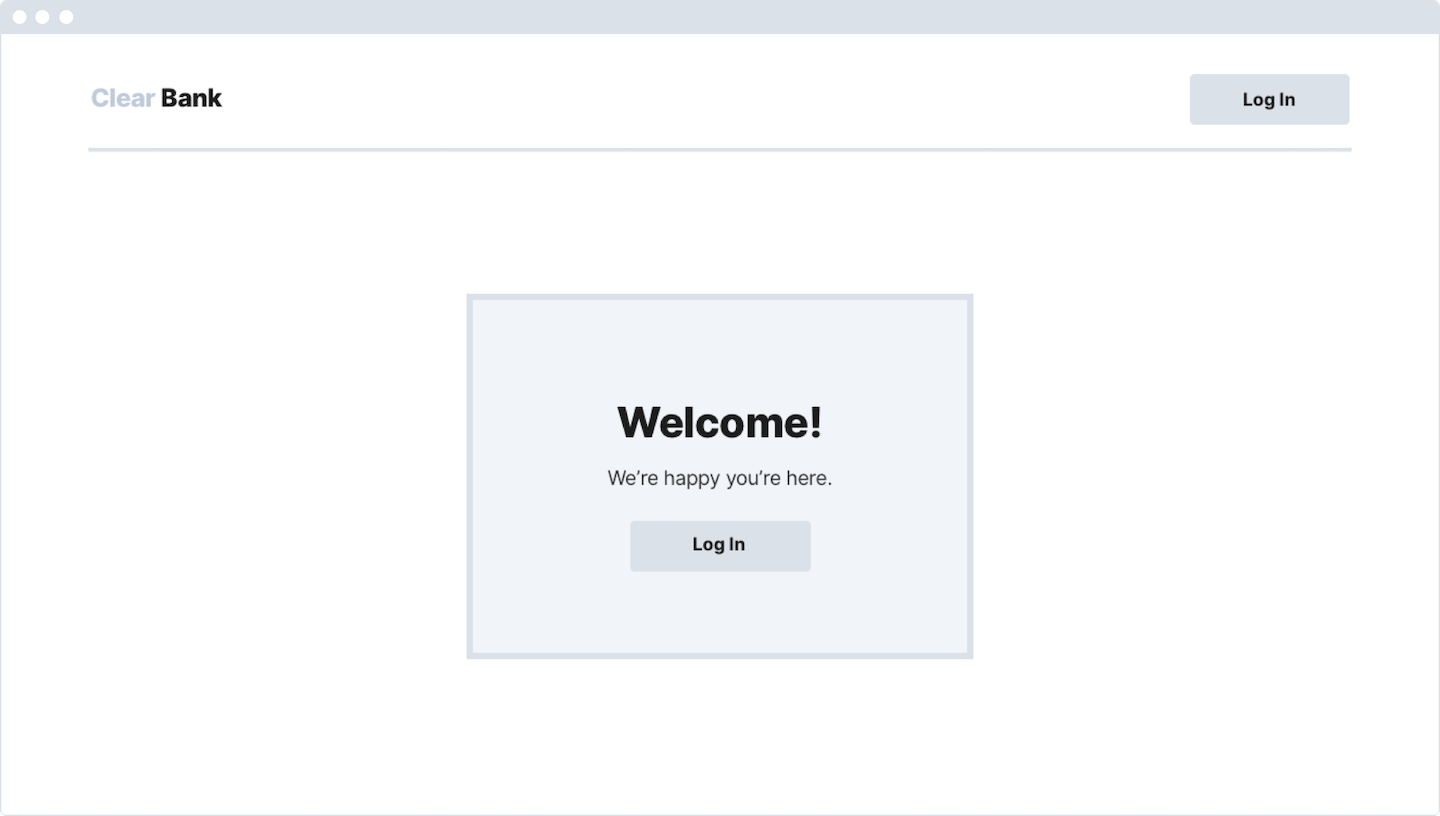
For the goal to log in customers to a web app easily:
- The number of people who finished a login process vs the number of people who started a login process
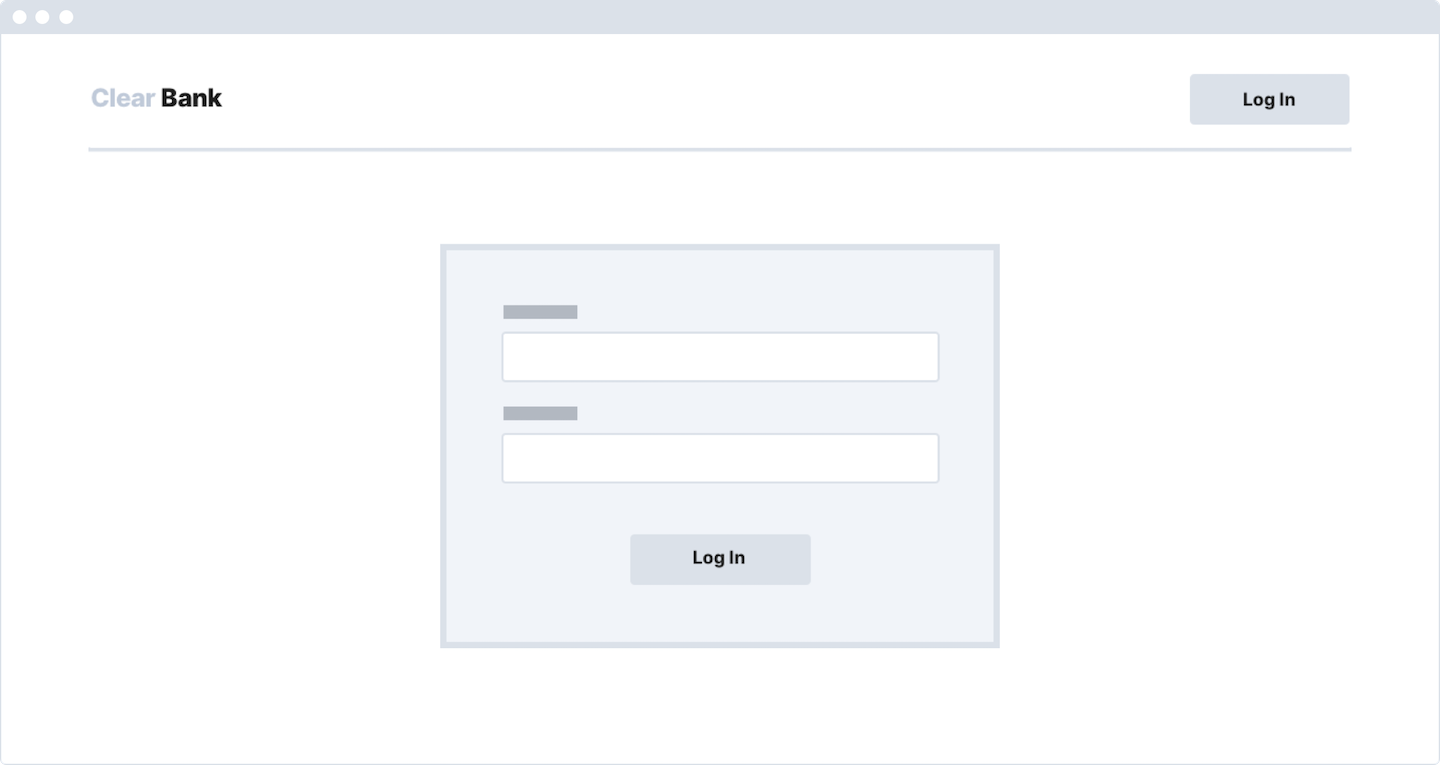
For the goal to help customers who have questions quickly:
- The time spent in the help center.
- The number of pages viewed in the help center.
- The number of people who contacted the support through the website vs the number of people who visited the help center.
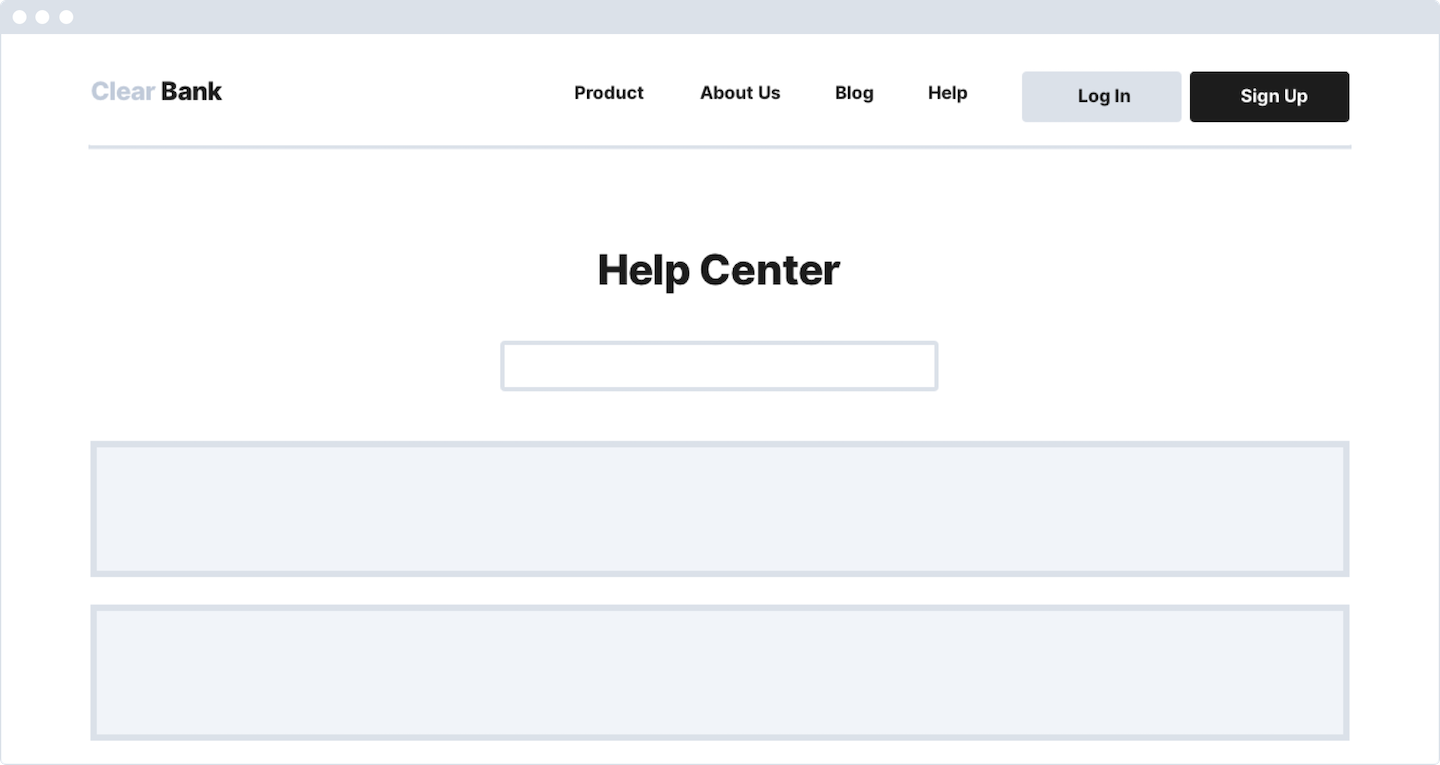
For the goal to give people helpful knowledge in blog post’s articles:
- The time spent on the blog.
- The number of pages viewed on the blog.
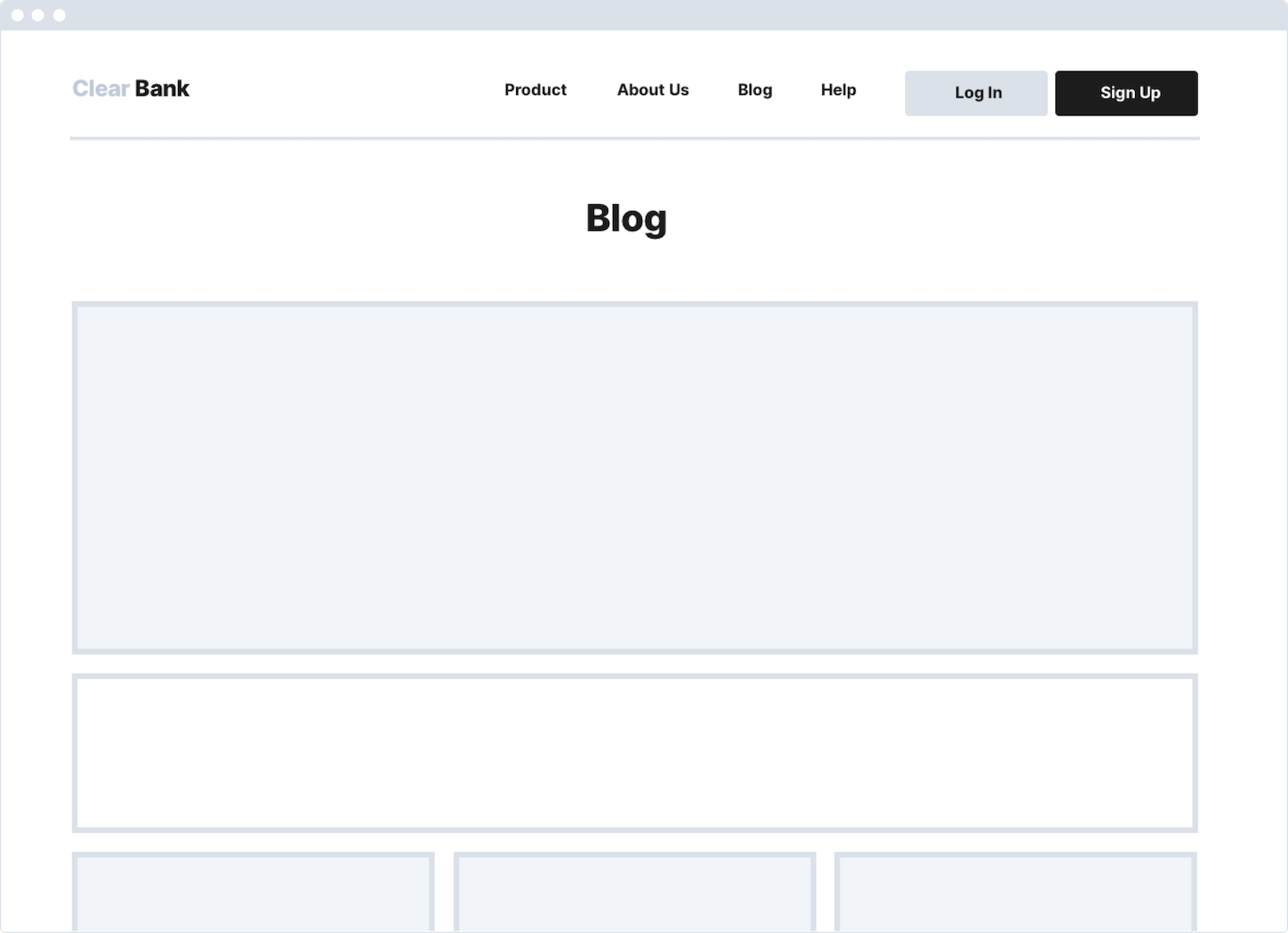
By answering these questions we defined the basic goal for our company and basic goals for our website. The metrics we’ve pointed out are our KPI’s, or Key Performance Indicators. These metrics will be our most important data and we’ll look for it in reports. With KPI’s we will quickly know if our website is working as it should, and as a result, if our business is in good shape.
More things to track
In the tracking plan, we focus on the fundamental metrics that are specific to our company and website. However, there’s more to measure.
For example, your marketing team may want to know if their ideas are working well. Or, your design team may want to improve website usability. Or, your support team may want to organize the help center better. In all those cases, you can use web analytics as a guide and pick metrics that will inform you about the right direction.
